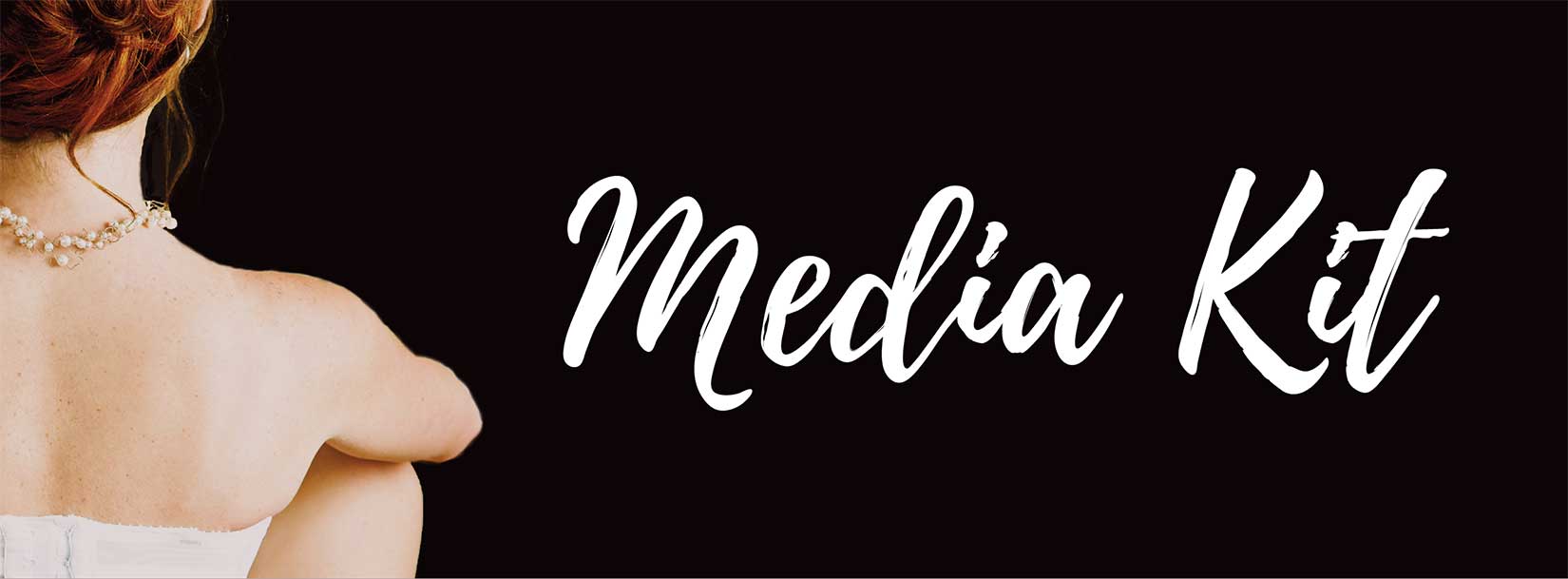
Month: March 2016
Sugar Sun series location #1: Bais
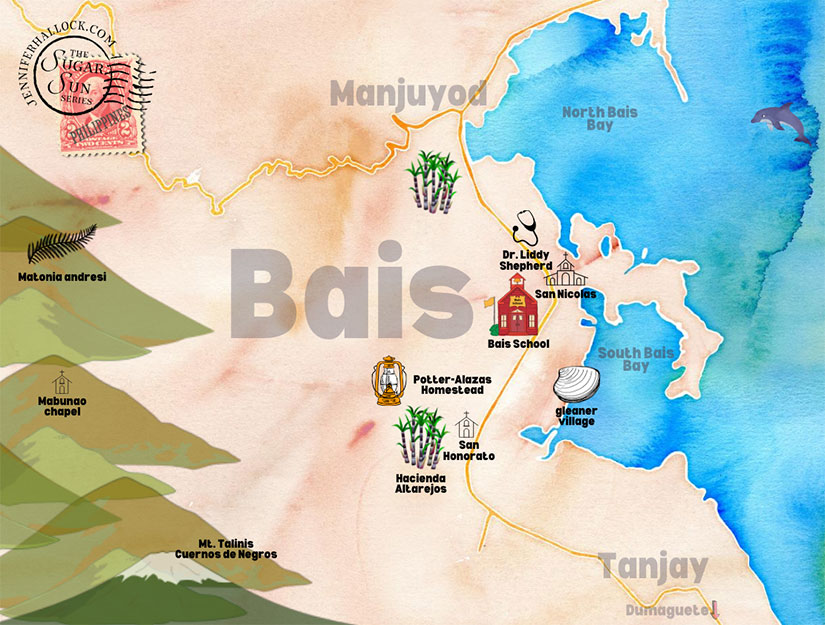
There is the real town of Bais, incorporated in 1901, and the Bais of my books—and while the two are related, they are not the same. The chapel below is real: it is the Mojon Chapel on the grounds of the Central Azucarera de Bais, the largest sugar refinery in Negros Oriental. However, it did not exist until at least 1918, when the sugar central was built. Nevermind. I turned it into San Honorato de Amiens, named after the patron saint of confectioners, and made it the chapel of ease on Hacienda Altarejos. Writing is fun.

Bais was truly a prosperous center of sugar, settled by a diverse mix of Europeans, Latin Americans, and Chinese mestizos in the nineteenth century. I imagined Javier’s grandfather, Hilario Altarejos, as one of these men. However, while no one says it, I also assume that many of these first hacenderos were half-scoundrel, like their American carpetbagger successors. Hilario certainly was. An officer in the Spanish army, he decided to stay in the Philippines with his Filipino querida—effectively abandoning his family back in his hometown of Altarejos, near Cuenca, Spain. Rather than admit to a priest his real name, he took the “de Altarejos” moniker and gave his sweetheart the pretense of a legitimate marriage. A dynasty was born.
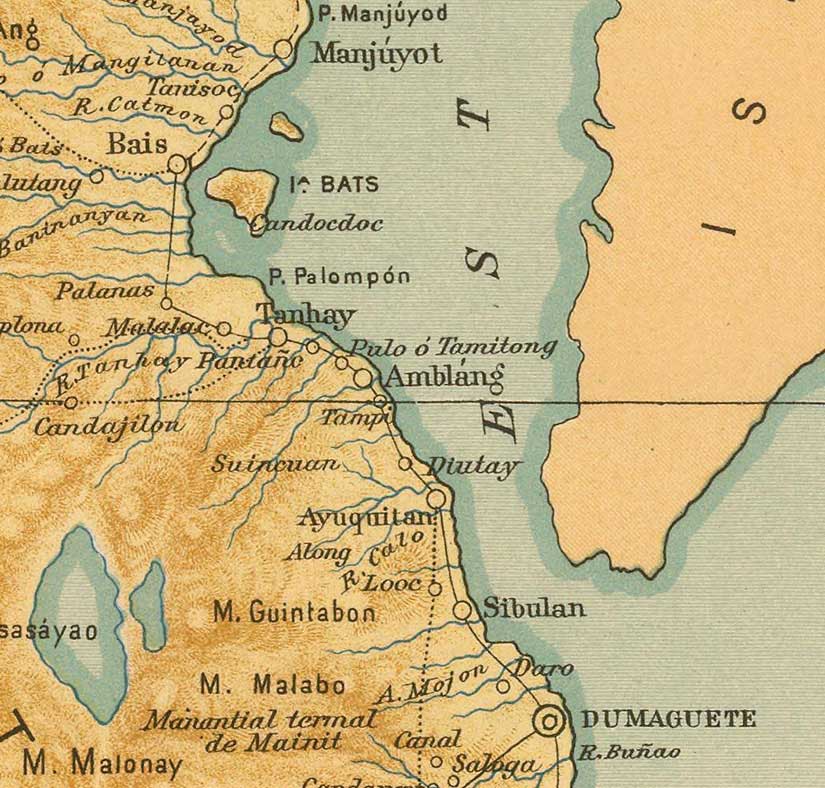
Hilario Altarejos settled in Bais back when the Spanish considered it empty land. It originally took three to five days to travel by land from Dumaguete to Tanjay, and the main road ended there. By Javier’s time, it would have taken only four to five hours on horseback to travel the whole 30 miles, but it would have still felt like the middle of nowhere. Still, at the end of the road would be Hacienda Altarejos, with its bahay na bato modeled on the Museo de la Salle in Dasmariñas, Cavite. See more images of impressive ancestral houses from the Philippines at my Pinterest site.
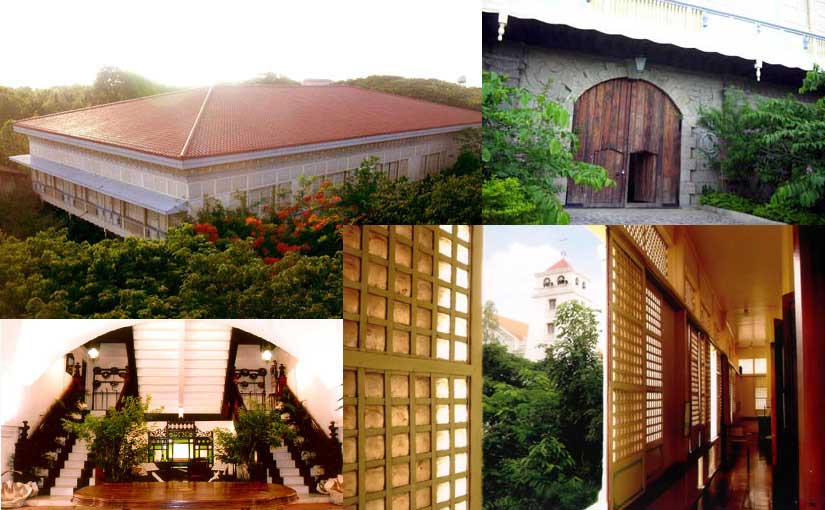
Even though the hacenderos of Bais became prosperous, they were not numerous. In fact, all of Bais was between 5,000-9,000 people, depending on which census you trust. These days Bais is relatively easy to access by bus (45 minutes from Dumaguete), and you can stay in comfort in between swims with the whale sharks. But for Boston-native Georgina Potter, the adventure was real and potentially dangerous. It is worth noting that two of the real Thomasites posted to Bais died: a woman of hyperemesis gravidarum (excessive morning sickness), and a man by drowning during passage across the Tañon Strait from Cebu. One wonders how the latter managed to “fall off” his banca? Sounds sketchy. Fortunately, though, the worst trouble Georgina manages to find is love…
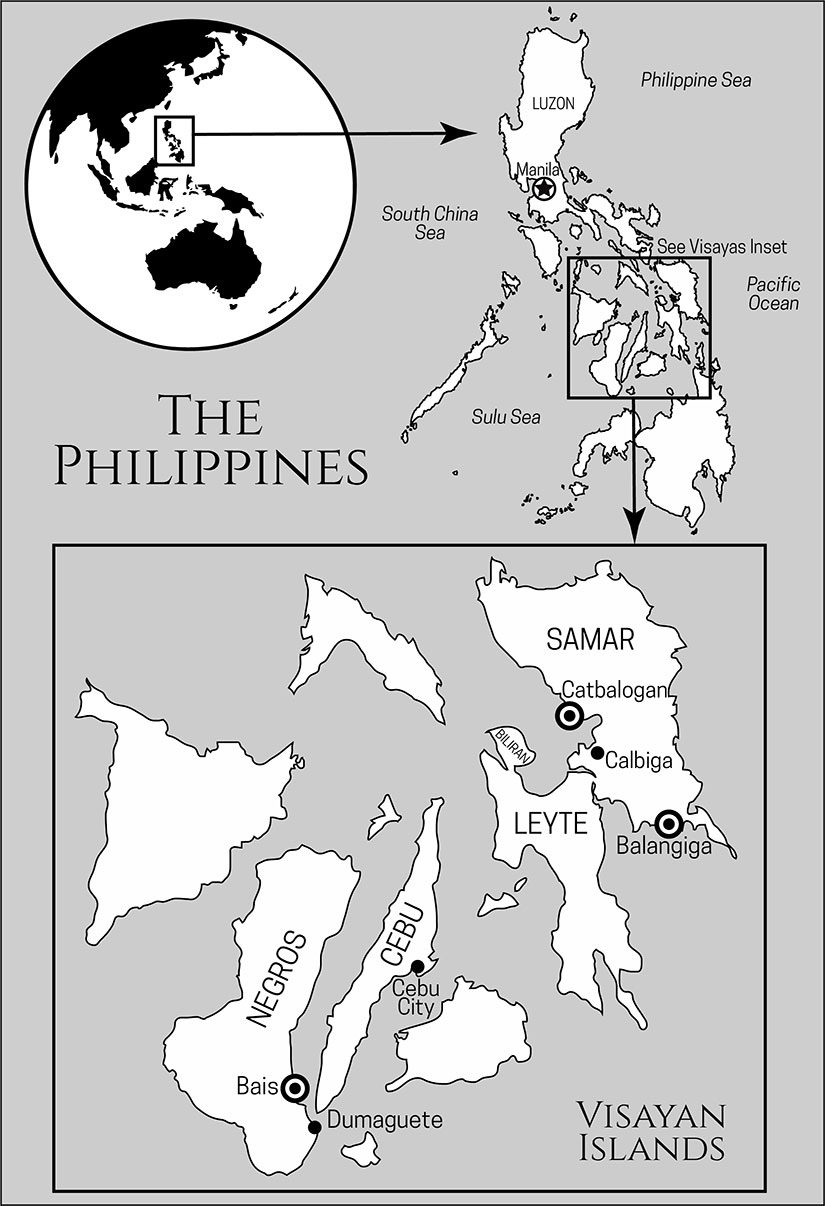
Sugar Sun series map #1: Manila 1902
Explore Manila in 1901-1902 through my books, Hotel Oriente, Under the Sugar Sun, and Tempting Hymn. Note that the shoreline looked quite different back before the land reclamation and port expansion that ran from the side of Intramuros all the way down to Malate.
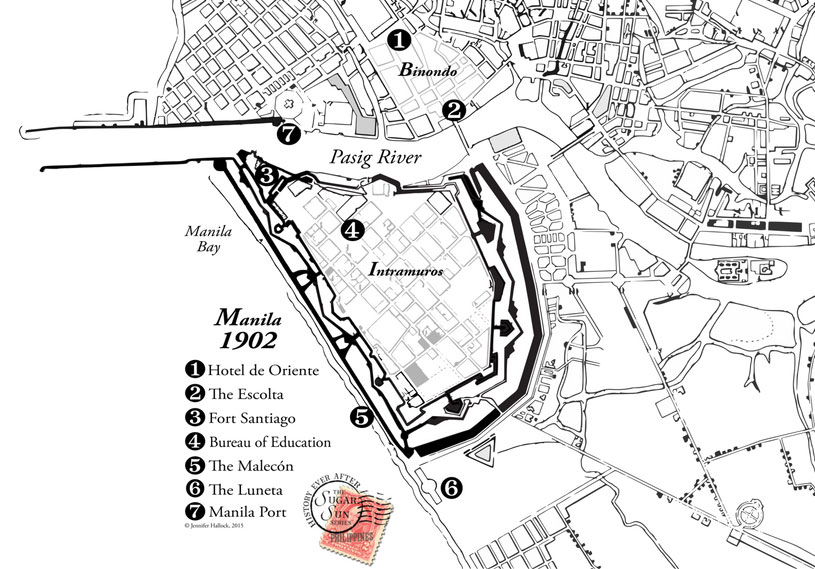
Sugar Sun series glossary term #18: sipa
In Under the Sugar Sun, Javier lamented his cousin Allegra’s wild side. At colegio the nuns claimed that she:
…refused to observe silence at meals, faked illnesses to get out of classes, and had a scandalous habit of bathing nude—thankfully, alone. What really gave the sisters apoplexy, though, were Allegra’s secret excursions to play sipa. No matter how many times they confiscated her shuttlecock, she could be found bouncing one off her bare heel the next day. When Javier declared that this was not a very ladylike pastime, she boasted that she could do over a hundred hits nonstop, and would he care to see?
In other words, while wearing a skirt, Allegra lifted her foot almost to hip height, exposing her thighs for several minutes at a time as she bounced an object on her foot in a Filipino version of hacky sack. (By the way, if you think Allegra will give up the pastime as she matures, you don’t have a real good grip on her character. And Javier will ultimately wish that sipa had been his greatest worry for his ward. In book two, Sugar Moon, she will fall for the very worst scoundrel possible—two, actually, though she’ll use one to make the other jealous. She does like mischief.)
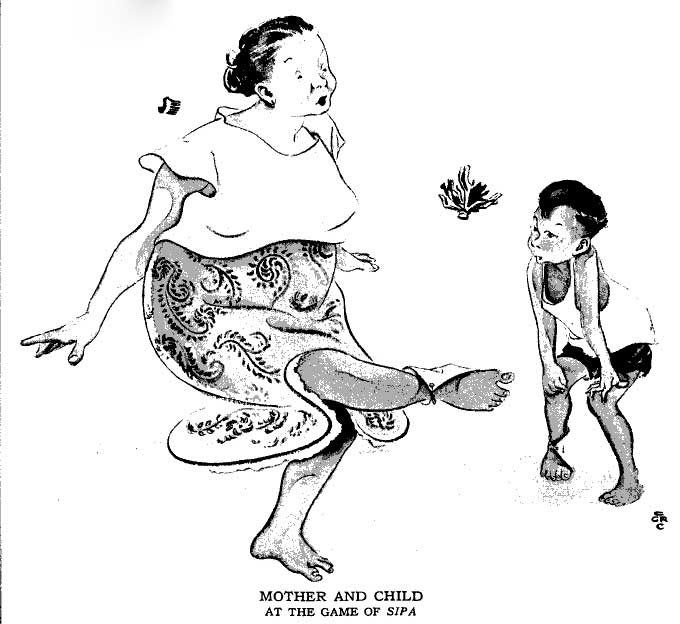
In the case of sipa, though, Allegra is at least troublesome in a very patriotic way. “Sipa” or “kick” is a sport that predates the arrival of the Spanish. The earliest sources date to the 11th century in Southeast Asia and maybe all the way back to China’s legendary Emperor Huangdi in 2600 BCE!
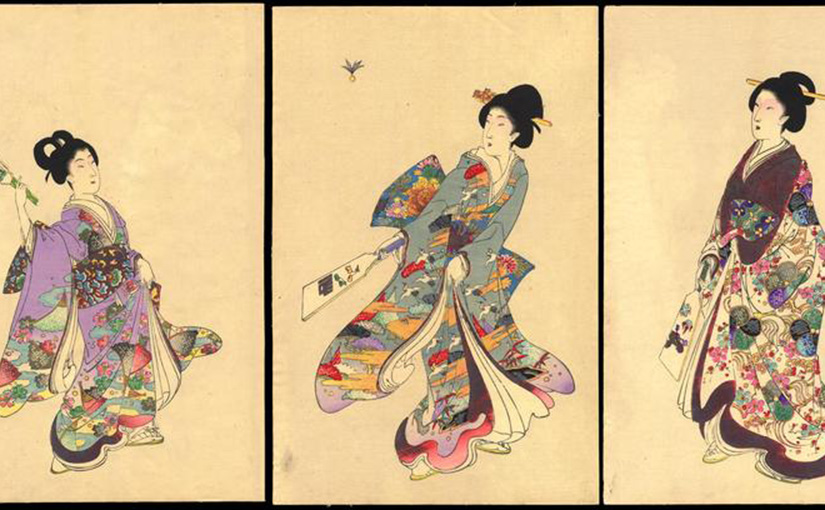
There are several ancient Moro legends that revolve around sipa. For example, storm gods were said to kick around fireball sipas, and they kicked them so hard that they flew horizontally across the sky (i.e. lightning). Another legend says that the son of the sun and moon fell to earth while playing sipa, igniting a battle over parental supervision that ended in a prehistoric separation, which is why the sun and moon no longer share the sky. Yet another legend tells of a hero bouncing a rattan ball on his foot for two hours straight without fault in order to charm a widow out of her mourning.
When the Americans arrived in 1898, sport became a critical part of their “benevolent assimilation” plans. Yet, while the sanctimonious Yankees did try to eliminate cockfighting (unsuccessfully), they appreciated—or, at least, tolerated—sipa. True, one American called it “a very light form of sport” that was only “suited to an anemic people” and could not compete with “the more stirring games of modern basketball and baseball.” (See post #14 on racism.) However, another American described sipa as “a form of civilized football.” He explained that it “consists of really kicking the wicker ball, rather than the heads, ribs, etc., of fellow players in the game, as is customary in more boastful centers of civilization.”
One constabulary officer pointed out that since Moros used to have slaves to do ordinary work, they spent most of their latent energy on war or sipa. The officer was especially impressed at “the seeming ease with which a man’s foot appeared to reach behind and to the level of the opposite shoulder blade.” Sipa was even described in the souvenir brochure to the Philippine exhibit at the Louisiana Purchase Exposition (St. Louis World’s Fair) in 1904. The Americans allowed prisoners to play the game in penal colonies—along with basketball, volleyball, baseball, and other redeeming pursuits.
Since the earliest time of sipa in the Philippines, there were many regional variations, both in gameplay and in kicking object. There is the community game, where a circle of people keep the object in the air. Or there is the challenge type, where you try to make the most kicks in a row (Allegra’s choice). Or the distance game, where you try to kick it the farthest.

One could use a shuttlecock made of a washer with paper or feather, and this type of fly could be bounced off feet or elbows or hands, depending on preference.
A woven rattan ball was used consistently in the Moro lands, which makes sense given the cultural link these areas had with their Malay neighbors. This ball is what is used today in the energetic off-shoot of sipa called sepak takraw—a gymnastic blend of volleyball, badminton, and soccer. The net was added sometime around the turn of the 20th century, and each country has its own claim to put to the invention. (In the Philippines, it is Teodoro Valencia who supposedly created this sipa lambatan in the 1940s.)
Proof of how ingrained this sport was in 20th century Philippine culture, overseas workers took the game with them, even to Alaska. Filipinos working in salmon canneries in the 1930s described playing sipa until ten at night, as long as the daylight lasted.
However, by the 1990s sipa was on the wane. In 2009 President Gloria Macapagal-Arroyo dethroned it as the national sport in favor of arnis, a martial art whose popularity has spread even to my small town in New Hampshire. (Known also as eskrima, this Filipino fighting technique will make an appearance in Sugar Moon, too.)
Some folks blame technology for taking kids off the playground and away from their traditional sports, a trend I see happening in the United States, as well. But, as with America, I wonder if our organized sports culture is really to blame. Kids do not run out and play pickup games anymore. They play on teams with coaches, referees, and uniforms. Sipa was actually removed from the elementary division of the Palarong Pambansa (National Games) in 2014. Now even the little ones play “sepak takraw junior,” a modified version of the regional net game. Maybe there is more future in that sport—one can travel and compete throughout ASEAN—but with all this competition, are we losing sight of fun?
Missing sipa? Don’t worry. There’s an app for that. The first Filipino-designed app on iTunes and Android was—yep, you guessed it—SIPA: Street Hacky Sack. There’s terrible irony here, I know, but the app looks beautiful. It takes the user through a tour of cultural Manila and encourages the player to pick up virtual litter along the way. (Genius, that.) In the “if you can’t beat ‘em, join ‘em” school of thought, the app is a winner. But I just can’t see Allegra playing it. Too tame.
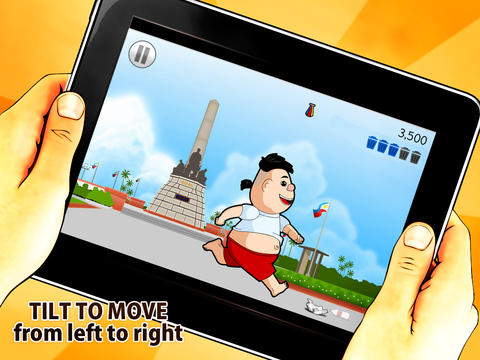
Sugar Sun series glossary term #17: bodbod (also spelled budbud)
Javier approached her, but she was too engrossed in her study of the food to notice. He positioned his chin behind the nape of her neck. “Bodbod,” he whispered.
Georgina spun so fast that she lost her balance. Javier steadied her before she could crash into the table and ruin the peddler’s week of hard work. She recovered, though he suspected her heart was racing. She pulled her wrist away from him before he could count the beats.
Javier handed some change to the vendor and took the sweet in question. “Bodbod,” he explained. “It is made of sticky rice and chocolate. Here. You will like it.”
She tore off a small piece and held it up for further inspection.
“Really,” he said, trying not to laugh. He counted off the ingredients on his fingers. “Rice, coconut milk, sugar, salt, and chocolate. No tricks, I swear.”
— From Under the Sugar Sun
Needless to say, Georgina liked the bodbod. I mean, what’s not to like? Sticky rice with mango alone was responsible for a fifteen-pound weight gain back when I was 19. Add chocolate to that mix? I’m a goner.
I was inspired to write this post because Suzette sent me a picture of a the Budbud-Kabog stall in Legazpi Market in Makati, and I got all jealous, like Fifty Shades of Green. And the owner is from Bais! And he has sugar baron stories! I’ve got more research to do…checking PAL fares now.
Anyway, bodbod was one of the highlights of my research trip to Bais, Tanjay, and Dumaguete. Apparently, I’m not the only one: Andrews Calumpang wrote a song about the delight, entitled “Ang Budbud sa Tanjay.” Tanjay even has a festival to bodbod every third week in December, where they make the world’s biggest bodbod (80 kilos) and the world’s smallest (fits in a matchbox).
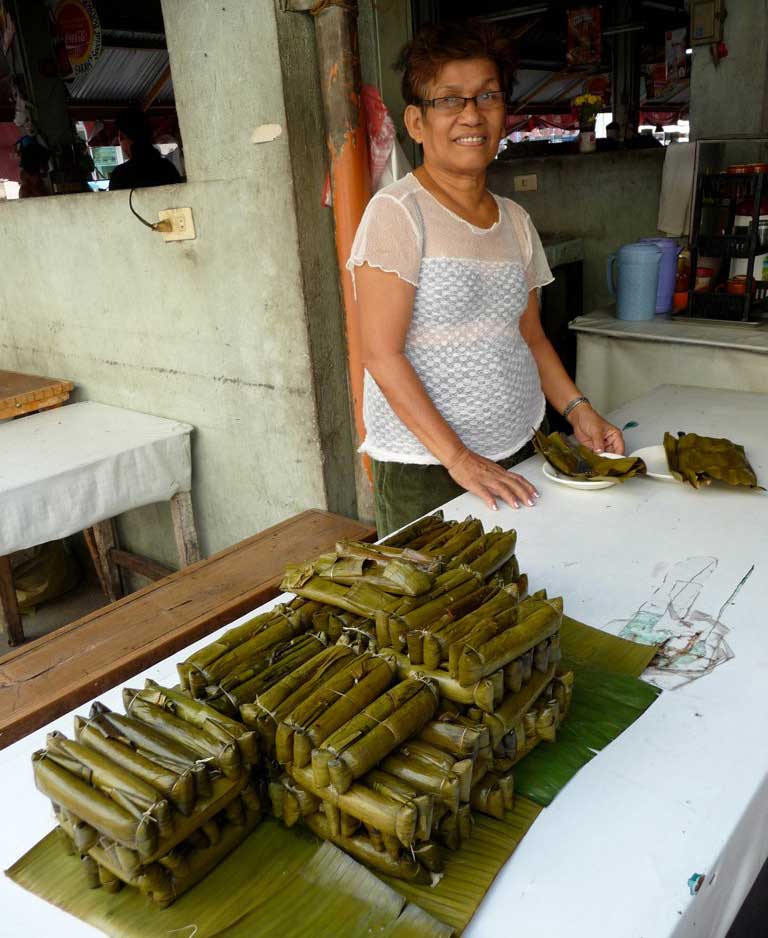
If you’re new to street food, you’ll notice the eco-friendly banana leaf packaging. Given my fight to extricate new earbuds out of their blister pack this morning, I think we should sell everything in banana leaves. According to Choose Philippines, the antibacterial properties of the coconut oil will keep the bodbod fresh for a week.
All signs point to bodbod! Fate wants me to eat all the sweet treats. It’s destiny!

